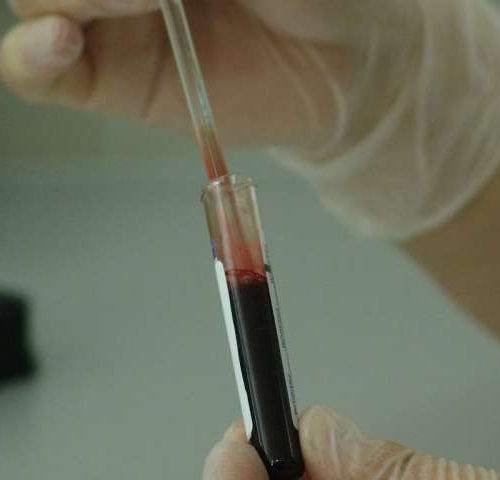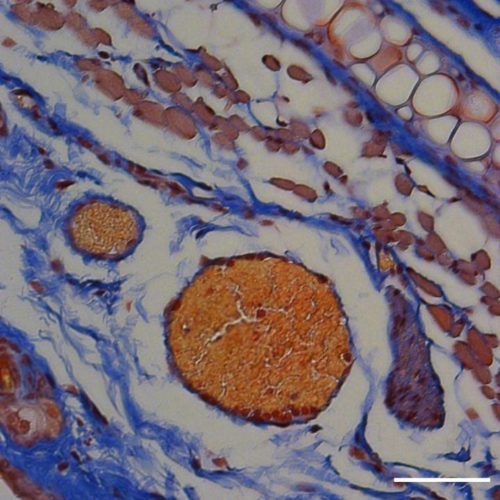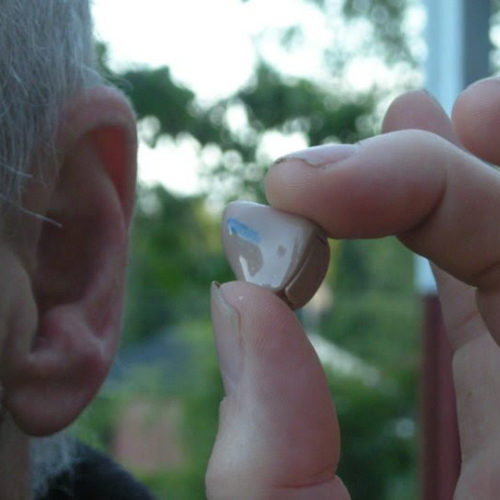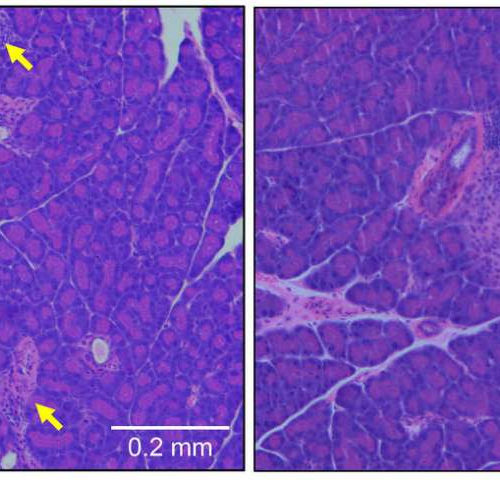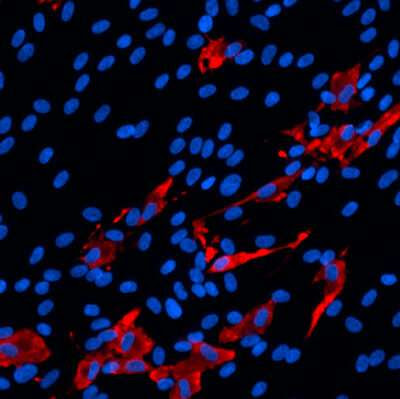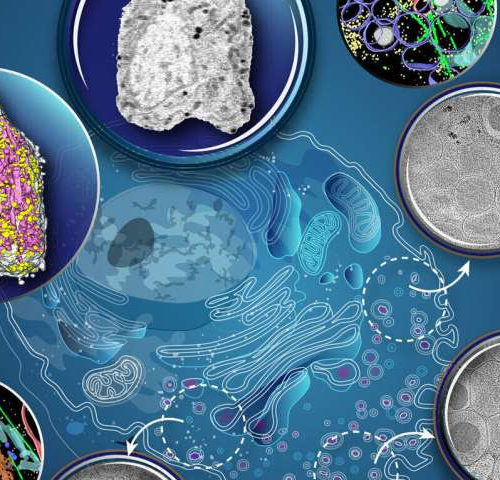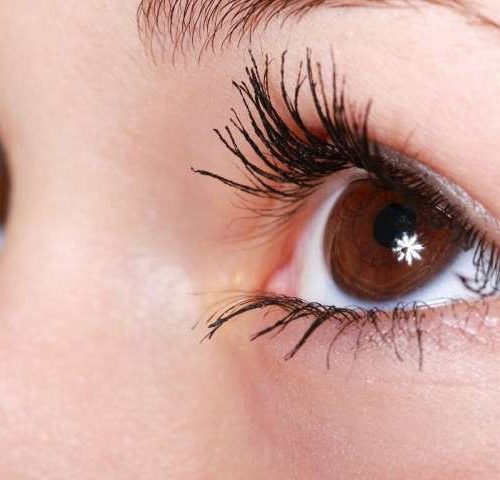by Virginia Commonwealth University Credit: CC0 Public Domain Approximately 200,000 cancer patients are diagnosed with brain metastases each year, yet few treatment options exist because the mechanisms that allow cancer to spread to the brain remain unclear. However, a study recently published in the journal Cancer Cell by VCU Massey Cancer Center scientist Suyun Huang, M.D., Ph.D., offers...
Breast cancer survivors are less likely to get pregnant, but often have healthy babies and good long-term health
AMERICAN ASSOCIATION FOR CANCER RESEARCH SAN ANTONIO – A large meta-analysis of breast cancer survivors of childbearing age indicated that they are less likely than the general public to get pregnant, and they face higher risk of certain complications such as preterm labor. However, most survivors who do get pregnant deliver healthy babies and have no...
Using light, red blood cells and a honey bee peptide to deliver therapeutic proteins
AMERICAN CHEMICAL SOCIETY IMAGE: AN ORANGE-RED DYE SHOWS THAT BLOOD CLOTS FORMED IN A MOUSE EAR IN WHICH THROMBIN WAS RELEASED FROM LIGHT-TRIGGERED RBCS. SCALE BAR, 50 ΜM. CREDIT: ADAPTED FROM ACS CENTRAL SCIENCE2020 Protein therapies are often more potent and selective toward their biochemical targets than other types of drugs, particularly small molecules. However, proteins...
New treatment in development for irritable bowel syndrome with constipation
BRIGHAM AND WOMEN’S HOSPITAL Patients suffering from irritable bowel syndrome with constipation (IBS-C) have long needed an upgrade in treatment. Rapid-release, cramp-inducing doses of chenodeoxycholic acid (CDC) have previously shown promise in treating constipation, but further development has been hampered by the abdominal pain associated with the sudden release of CDC. Researchers at Brigham and Women’s Hospital...
Scientists are testing a wearable device to improve the balance of hearing impaired
Hearing loss is a devastating condition, which affects millions of people, especially as they are aging. However, it is not just about actually hearing sounds – people who are suffering from hearing impairment in many cases are also struggling to maintain balance. A new device, designed at the University of Queensland could improve balance for...
Mice study identifies action mechanism of a promising drug against Alzheimer’s disease
Reviewed by Emily Henderson, B.Sc.,Dec 9 2020 A study conducted on mice published in the journal Geroscience has identified the action mechanism of a promising compound against Alzheimer’s disease, developed by the team of Medical Chemistry and Pharmacology at the University of Barcelona. The new drug belongs to a family of molecules that, when bound to imidazole...
Targeting T cell protein could prevent type 1 diabetes, study suggests
by Rockefeller University Press Pancreatic tissue from a type 1 diabetic mouse (left) shows large numbers of infiltrating immune cells and a reduction in the size of β cell-containing islets of Langerhans (yellow arrows). These symptoms are prevented by deletion of the gene encoding OCA-B (right). Credit: © 2020 Kim et al. Originally published in Journal of...
What scientists are learning about COVID-19 and the brain
by Sanford Burnham Prebys Medical Discovery Institute The scientists found that SARS-CoV-2 (red) primarily infects brain cells called choroid plexus cells (blue), which are part of the brain’s protective blood-brain barrier. Credit: Sanford Burnham Prebys Medical Discovery Institute We caught up with cell biologist Anne Bang, who recently teamed up with her husband to study how...
Researchers develop new way to watch pancreatic cells package insulin
by University of Southern California Scientists develop new methods to peer deeply inside insulin-producing pancreas cells. Credit: Katya Kadyshevskaya For the first time, scientists have peered deeply inside a pancreatic cell and observed it packaging insulin and responding to a drug treatment, an intimate look at the mechanisms responsible for preventing diabetes. A team of scientists—led...
Gene therapy injection in one eye surprises scientists by improving vision in both
by University of Cambridge Credit: CC0 Public Domain Injecting a gene therapy vector into one eye of someone suffering from LHON, the most common cause of mitochondrial blindness, significantly improves vision in both eyes, scientists have found. In a landmark phase 3 clinical trial, the international team, coordinated by Dr. Patrick Yu-Wai-Man from the University of...

